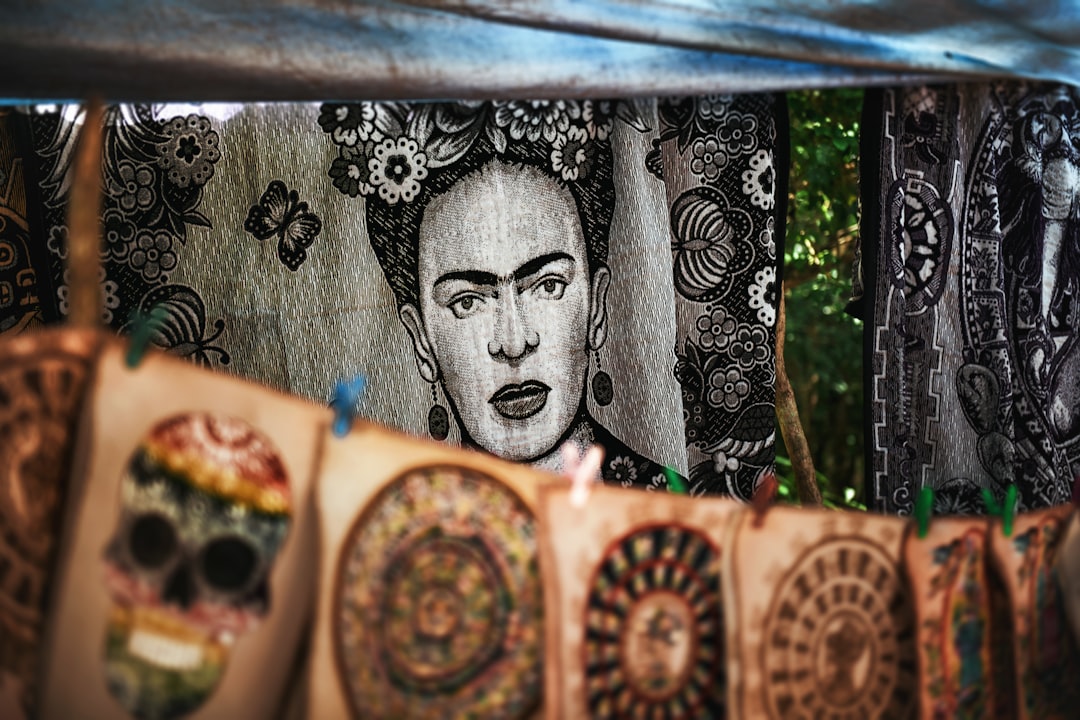In a truly unprecedented turn of events, the crypto-art movement has led to the physical destruction of treasured artwork in the name of NFTs (non-fungible tokens). While investigations are ongoing and critics are skeptical of the authenticity of the work, what does this mean as a moment within art culture?
On July 30th 2022, wealthy Mexican art collector and tech entrepreneur, Martin Mobarak, hosted a lavishly garish party at his Miami apartment where he set fire to Frida Kahlo’s Fantasmones Sinietros. A crowd of 200 watched as the esteemed work went up in flames, “permanently transitioning into the Metaverse”.
The work is a surreal 9-inch-by-6-inch ink and watercolor drawing from Kahlo’s personal diary from 1944. Fantasmones Sinietros carries a playful whimsicality as fish, birds, and a broom dance across the page, ominously captioned with the phrase, “here are the sinister ghosts.” Mobarak introduced the stunt as a dedication to the life of Frida Kahlo, arguing that burning the work, which represents the physical and spiritual pain Kahlo endured, liberated Kahlo from her pain. Yet another conventionally simple yet laughably chauvinistic response to female pain, echoing the misogyny which had dominated art history for centuries. Mobarak informed The Miami Herald that he purchased the work, valued at 10 million USD, from a private collector in 2015, a statement which cannot be corroborated. Mary-Anne Martin, revered Latin American art dealer, circulated the work selling it once in 2004 and in 2013 to a private collector. She made it clear she did not sell it to Mobarak and was even unaware of him as a collector, an oddity to say the least. The work however was authenticated by Mexican art dealer, Andres Siegal, prior to its destruction.
The purpose of this escapade lies in the boom of the crypto-art market through the introduction of NFTs. Mobarak utilized the performance to launch his newest venture: Frida.NFT. Mobarak, who himself created the cryptocurrency AGCoin, is selling 10,000 NFTs of the destroyed artwork for 3 ETH on the Ethereum blockchain. This translates to roughly $4,000 per NFT, accounting for $40 million dollars in total profit. Mobarak claims the NFTs will benefit a variety of non-profit organizations such as the Children’s Craniofacial Association, The Frida Kahlo Museum, and Mexico’s Fine Palace of Arts (which INBAL runs). Both the Palace and the Frida Kahlo Museum have not received funds or ever worked with Mobarak, adding to mounting suspicion surrounding Mobarak’s intentions. The Frida Kahlo Museum in Coyoacan released a statement condemning Mobarak’s destruction of the work, and the trust which protects both Diego Riviera and Frida Kahlo’s works did not authorize a license of reproduction for her work to be appropriated as an NFT. Despite the chaos and controversy surrounding it, FridaNFT has not been successful. Fantasmones Siniestros has only four minted NFTs (out of 10,000) according to Etherscan.
In Mexico, deliberate destruction of art deemed an “artistic monument” is a crime under the Federal Law on Archaeological, Artistic and Historical Monuments and Zones. In 1984, Kahlo’s works were declared a “national treasure” by Mexico’s National Institute of Fine Arts and Literature (INBAL) making Mobarak’s performance potentially criminal. INBAL opened an investigation into the deliberate destruction of the treasured work on September 26th. The investigation seeks to determine the authenticity, or lack of, of Fantasmones Sinietros, now a paltry mound of ashes.
“Here’s a very contemporary art-world brain puzzle: An entrepreneur burns his Frida Kahlo drawing in a scheme to sell NFTs. What’s worse: If it’s a total scam, or if it’s totally real?” writes Ben Davis on Artnet.
The politics at play in this controversy are diverse and intersectional, bringing up discussions surrounding class and gender inequality to more standard questions surrounding artistic protection and preservation. Mobarak, whether he destroyed an authentic or inauthentic work, was making a statement surrounding the future of art. In this, he made a larger statement surrounding the excesses of wealth within the top 1% and the misogynistic narratives which continue to dominate art history.
Kahlo herself was a pioneer of women's rights and having her work burned by a billionaire at a party with bikini-clad women paid to put their bodies on display seems a touch hypocritical. Kahlo fought her entire life to be seen as an equal to male artists, only to be reduced to ashes by a wealthy entrepreneur who stood to make millions appropriating her work as an NFT. This is not a new story, but simply another female artist being chewed up and spit out by the overwhelmingly affluent, male-dominated field of art. This story also enlightens us to the practices of consumption and capitalism which create a world where the burning of art for profit is even conceivable. And for this, I mourn.

